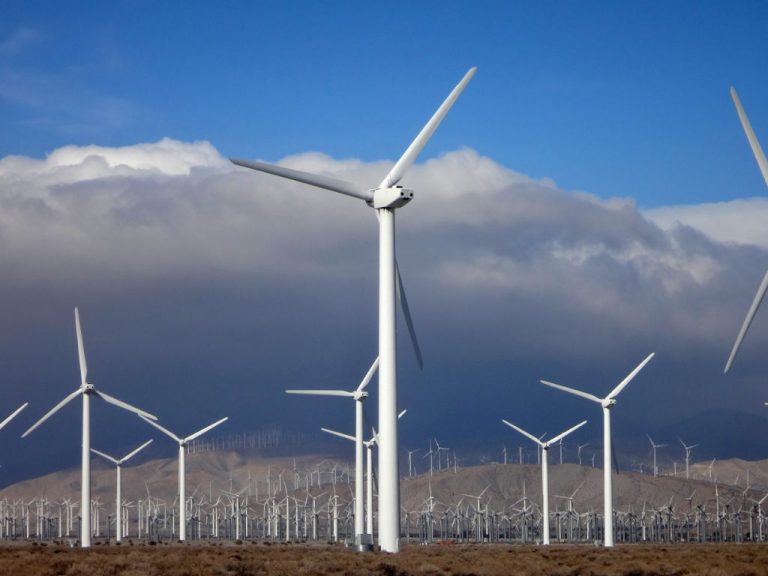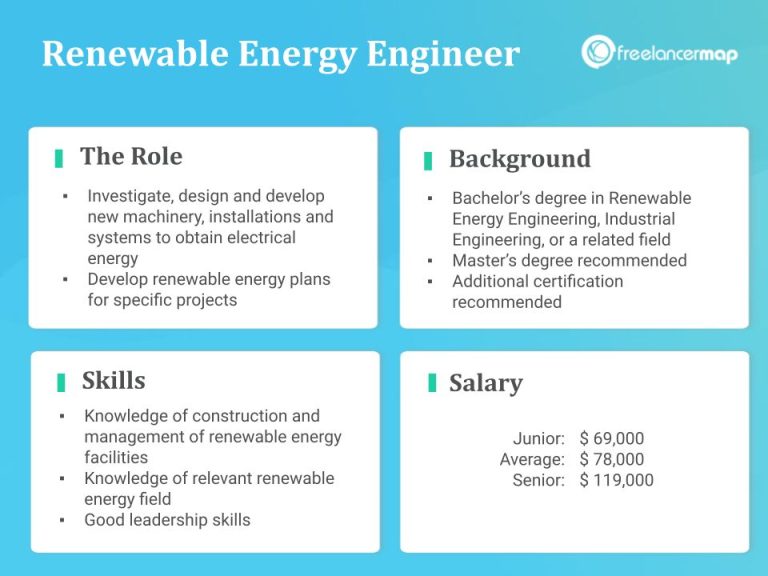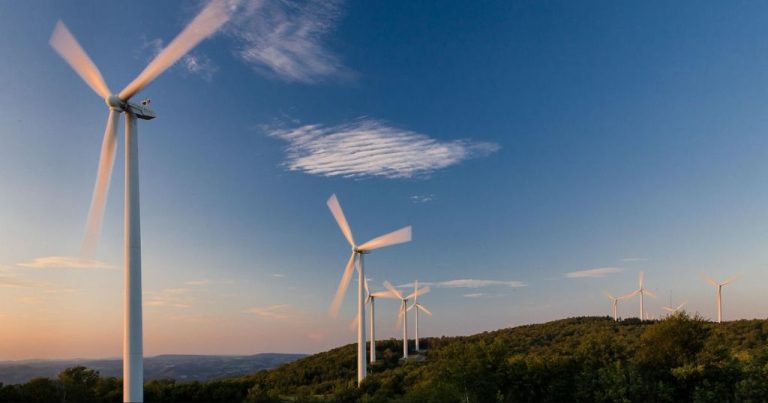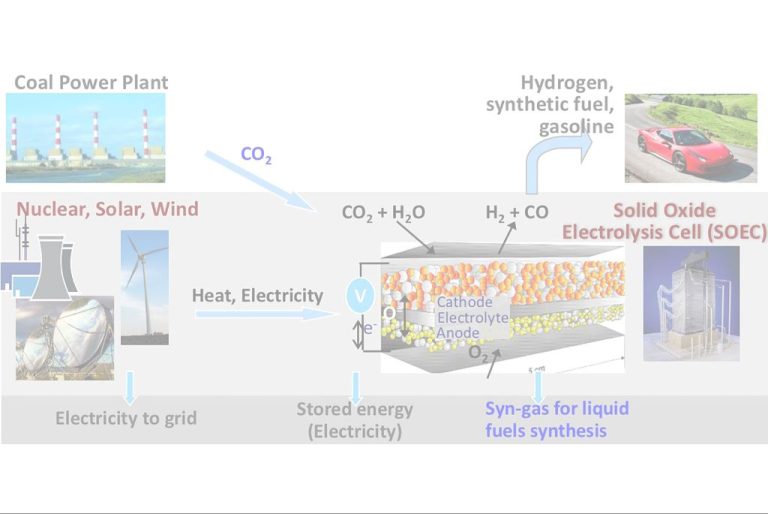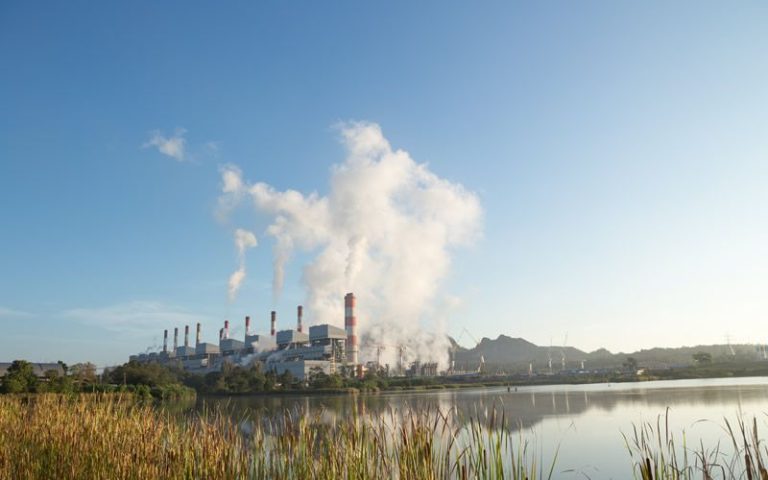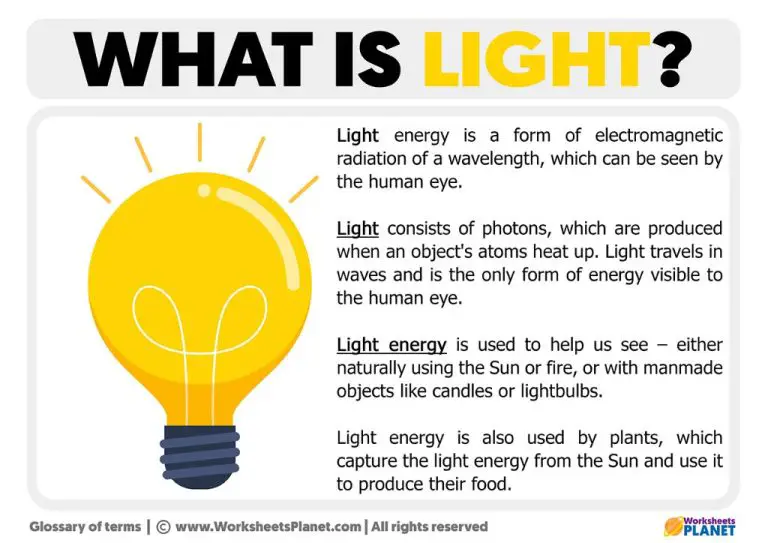Why Can’T We Go 100% Renewable?
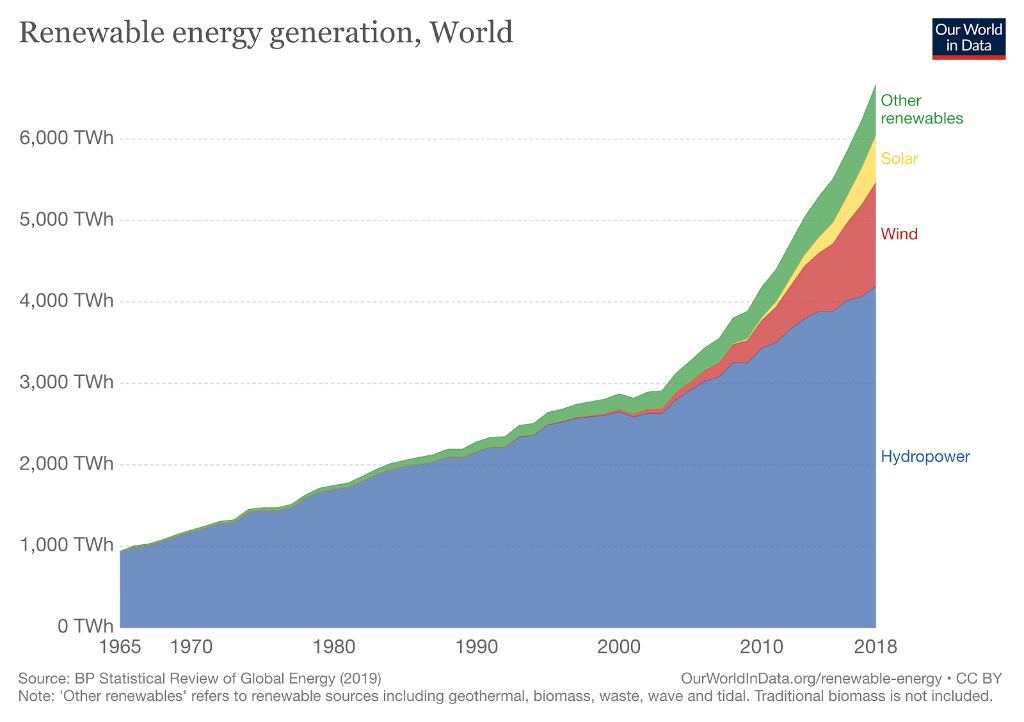
The transition to renewable energy has been accelerating in recent years, driven by falling costs and government policies aiming to reduce carbon emissions. However, a key question remains – can we feasibly go to 100% renewable energy to power the electricity grid? This article will examine the current growth of renewables, the unique challenges of relying completely on intermittent sources like wind and solar, the solutions being developed for grid stability and storage, cost comparisons to fossil fuels, and the policy support needed to facilitate the transition. We’ll also analyze whether it’s technically and economically viable to convert fully to renewable energy versus retaining some fossil fuels.
Current Renewable Energy Use
Globally, renewables accounted for 28% of electric generation in 2021, with the largest sources being hydro (55%), wind (23%), biomass (13%), solar (7%) and geothermal (1%) (Wikipedia). Despite strong growth, renewables still only make up a fraction of total energy demand. According to Enerdata, the share of renewables in the global electricity mix was 29% in 2021, up from 27% in 2020 (Enerdata).
Looking at specific countries, Iceland generates the highest percentage from renewables at 86.87% as of 2023. Other top countries are Norway (71.56%), Sweden (50.92%), Brazil (46.22%) and New Zealand (40.22%) (Wisevoter). China is the largest producer of renewable energy in total generation, but renewables only make up 31% of its electricity mix. The United States generates 22% of its electricity from renewables as of 2021.
While progress has been made, most countries still rely heavily on fossil fuels for the majority of energy needs. Significant further investment and infrastructure changes will be required for renewables to account for close to 100% of energy demand.
Growth of Renewables
Renewable energy has seen tremendous growth worldwide in recent years. According to the International Energy Agency (IEA), global renewable power capacity additions are expected to soar by 107 gigawatts in 2023, the largest absolute increase ever, to over 440 GW. This represents a growth of over 30% in just one year (IEA).
The IEA projects even faster growth in the coming years, with global renewable capacity increasing by 2,400 GW between 2022-2027. This amount equals the entire current global power capacity from all sources (IEA). Key factors driving this trend include falling technology costs, policy support, and increased energy security concerns. Renewables are becoming the obvious choice for new power generation in most markets.
Various projections estimate renewables will supply 20-40% of global electricity by 2030, and 50-90% by 2050. With sustained policy support, technological advances, and public/private investment, renewables appear poised for robust multi-decade growth worldwide.
Challenges of Intermittency
Solar and wind power are considered intermittent renewable energy sources because their electricity generation varies based on environmental conditions. Solar power relies on sunny days and only generates electricity when the sun is shining. Wind turbines need windy days to spin the blades. This means solar and wind power output can fluctuate minute to minute, hour to hour, and day to day as clouds pass over or wind speeds change. The amount of solar energy available also varies seasonally, with less sunlight in the winter compared to summer.1
The variability and uncertainty around solar and wind generation creates challenges for grid stability. Grid operators are tasked with perfectly matching electricity supply with customer demand at all times. Sudden drops in renewable output make it difficult to keep supply and demand balanced. This can cause issues like frequency fluctuations or voltage instability on the grid. There are also risks of blackouts if there is not enough flexible power capacity to ramp up when renewable generation dips. Overall, the intermittency of renewables poses difficulties in maintaining a stable and reliable grid.
Storage Solutions
To overcome the intermittency challenges of renewable energy sources like solar and wind, grid-scale energy storage solutions are needed to store excess electricity when generation exceeds demand and discharge it when demand exceeds generation. One promising technology is grid-scale batteries, such as lithium-ion batteries, which can respond quickly to changes in supply and demand (IEA). While battery costs have fallen dramatically in recent years, additional declines and technological improvements will be needed for batteries to be feasibly deployed at scale on the grid. Other storage solutions like pumped hydro storage and compressed air energy storage can provide larger capacity but have geographic constraints. Overall, a portfolio of storage solutions tailored to specific grid needs and locations will likely be required, in addition to demand response measures, to enable high renewable grid penetration (Wikipedia). Continued innovation and cost reductions in storage technology coupled with supportive policies will determine the economic feasibility and scalability of grid-scale storage.
Overgeneration Risks
High levels of solar and wind power can produce excess energy at certain times that threatens the stability of the electric grid. This phenomenon is described in the “duck curve” chart that shows steep drops in net load on the grid when solar generation ramps up during the day, requiring other power plants to quickly scale back production. According to the National Renewable Energy Laboratory, overgeneration from solar is already occurring in California and could become more widespread with increasing renewable penetration (source).
The main solutions for addressing overgeneration risks include grid upgrades to handle more flexibility in supply and demand, energy storage to capture excess renewable energy, demand response programs to incentivize shifting of demand to times of high renewable output, and geographic distribution of renewable sources to smooth overall generation profiles. For example, offshore wind may help complement solar generation in the evenings after the sun has set. Improved weather forecasting and market design can also help grid operators anticipate and manage periods of oversupply.
Transmission Challenges
Expanding renewable energy usage to 100% will require major investments in transmission infrastructure. According to the Department of Energy, “Expanding transmission also helps integrate renewable energy sources—such as wind and solar—which are increasingly cost-competitive with fossil fuels and are often located far from existing transmission lines” (https://www.energy.gov/policy/queued-need-transmission). The Department of the Interior also notes the importance of “modernizing and expanding the electric transmission grid” to “unlocking access to renewable energy” (https://www.doi.gov/ocl/renewable-energy-transmission-infrastructure).
However, building new high-voltage transmission lines is extremely expensive and faces feasibility challenges. Permitting and siting long-distance transmission is difficult, with projects often facing local opposition. Upgrading existing infrastructure also poses engineering challenges. While essential for enabling increased renewable penetration, major transmission projects could cost hundreds of billions of dollars to reach 100% renewables nationwide.
Cost Comparisons
Renewable energy costs have fallen rapidly in the past decade, making them more competitive with fossil fuels. According to the International Renewable Energy Agency (IRENA), renewable power capacity added in 2021 will save around $55 billion compared to fossil fuel costs1. In 2022, around 86% of new renewable capacity had lower costs than fossil fuel electricity2.
However, transitioning to 100% renewable energy would require massive infrastructure investments. New transmission lines, energy storage facilities, and excess generation capacity would need to be built. Recent estimates suggest going 100% renewable in the US could cost $4.5 trillion3, 2.5 times current US electricity infrastructure costs. While renewable costs are falling, fossil fuel plants still provide reliable baseload power at competitive rates in many regions.
In summary, renewables are now cost-competitive for new capacity, but transitioning an entire grid to 100% renewable requires substantial infrastructure investment. More research is needed to determine if projected renewable cost reductions can offset these integration costs long-term.
Policy Support Needed
Transitioning to 100% renewable energy will require comprehensive policy changes at the federal, state, and local levels. According to the Union of Concerned Scientists, states need strong renewable portfolio standards, accelerated renewable energy deployment policies, updated interconnection standards, and market reforms. Federal policy also plays a crucial role through tax credits, research funding, and transmission infrastructure support. For example, California has some of the most ambitious 100% renewable energy goals but will require the cooperation of over a dozen agencies to implement the changes needed.
Specific policies that can enable the transition include long-term contracts for renewable energy, carbon pricing, updated grid planning processes, and reforms to wholesale energy markets to properly value renewable energy. The LA100 study found that Los Angeles will need enhanced coordination between balancing authorities, a regional transmission plan, and updates to resource adequacy requirements. Market participation from distributed energy resources will also be critical.
Overall, regulatory agencies must work closely with utilities and other stakeholders to enact the suite of policies needed to reliably achieve 100% renewable electricity while maintaining affordability. This will require a comprehensive, well-designed policy framework at multiple levels of governance.
Conclusion
While the goal of transitioning to 100% renewable energy is gaining momentum worldwide, achieving this target still faces significant challenges. The intermittent nature of renewables like wind and solar requires substantial advances in energy storage technology and transmission infrastructure. Additionally, overcoming the deeply entrenched status quo of fossil fuel dependence will require bold policy changes and long-term planning.
Based on current projections, most experts agree that reaching 80-90% renewable energy adoption is feasible in developed countries by 2050, with more gradual progress in developing nations. However, going beyond 90% and achieving complete decarbonization of the electrical grid will likely take at least a few decades longer due to the complexities involved.
With sustained technological innovation, infrastructure investment, and political will, 100% renewable energy remains an aspirational goal. While the timeline for full adoption is uncertain, the environmental and economic benefits make it a worthwhile pursuit. With committed action starting today, a zero-carbon future may be within reach sooner than we think.

